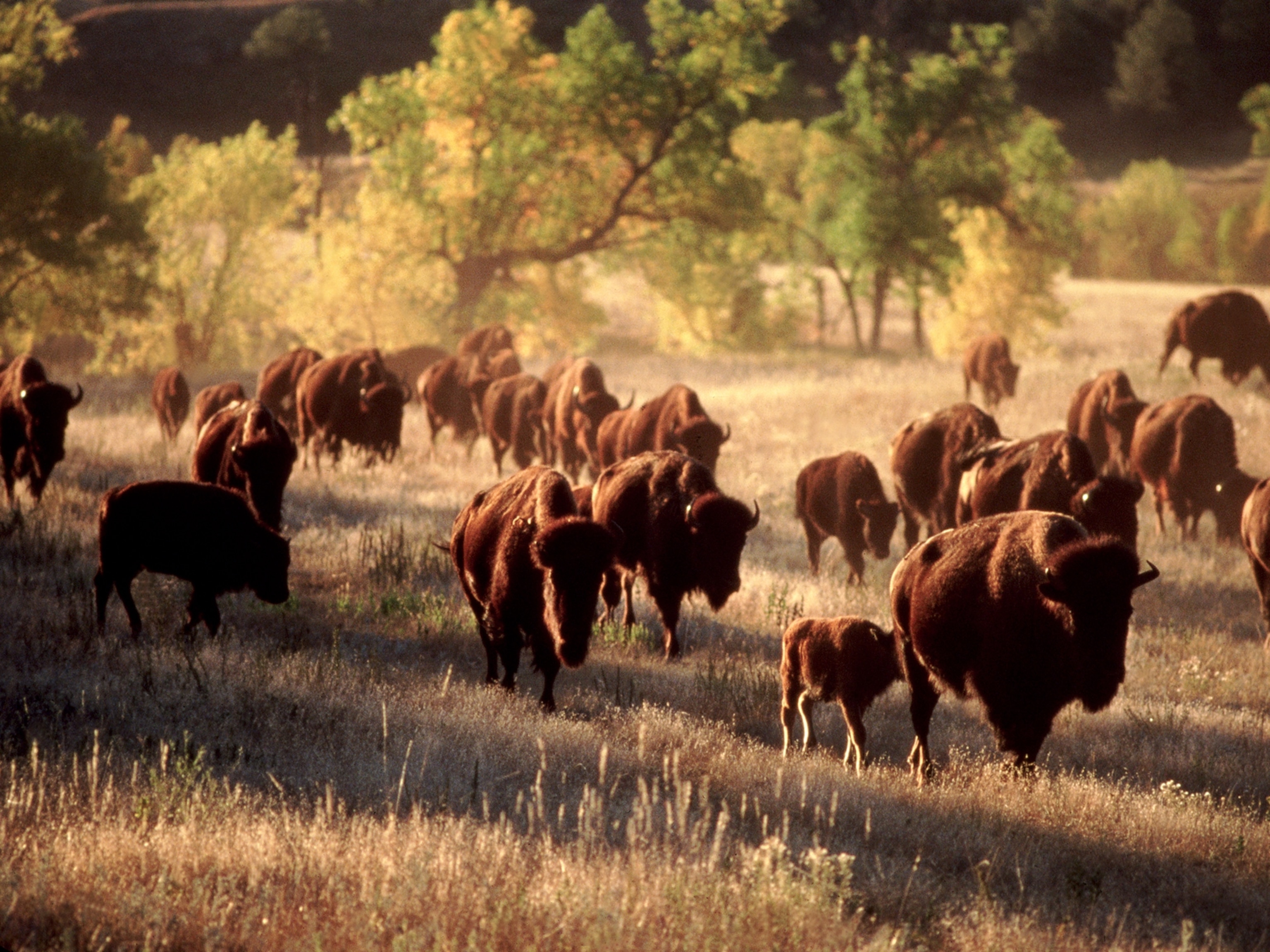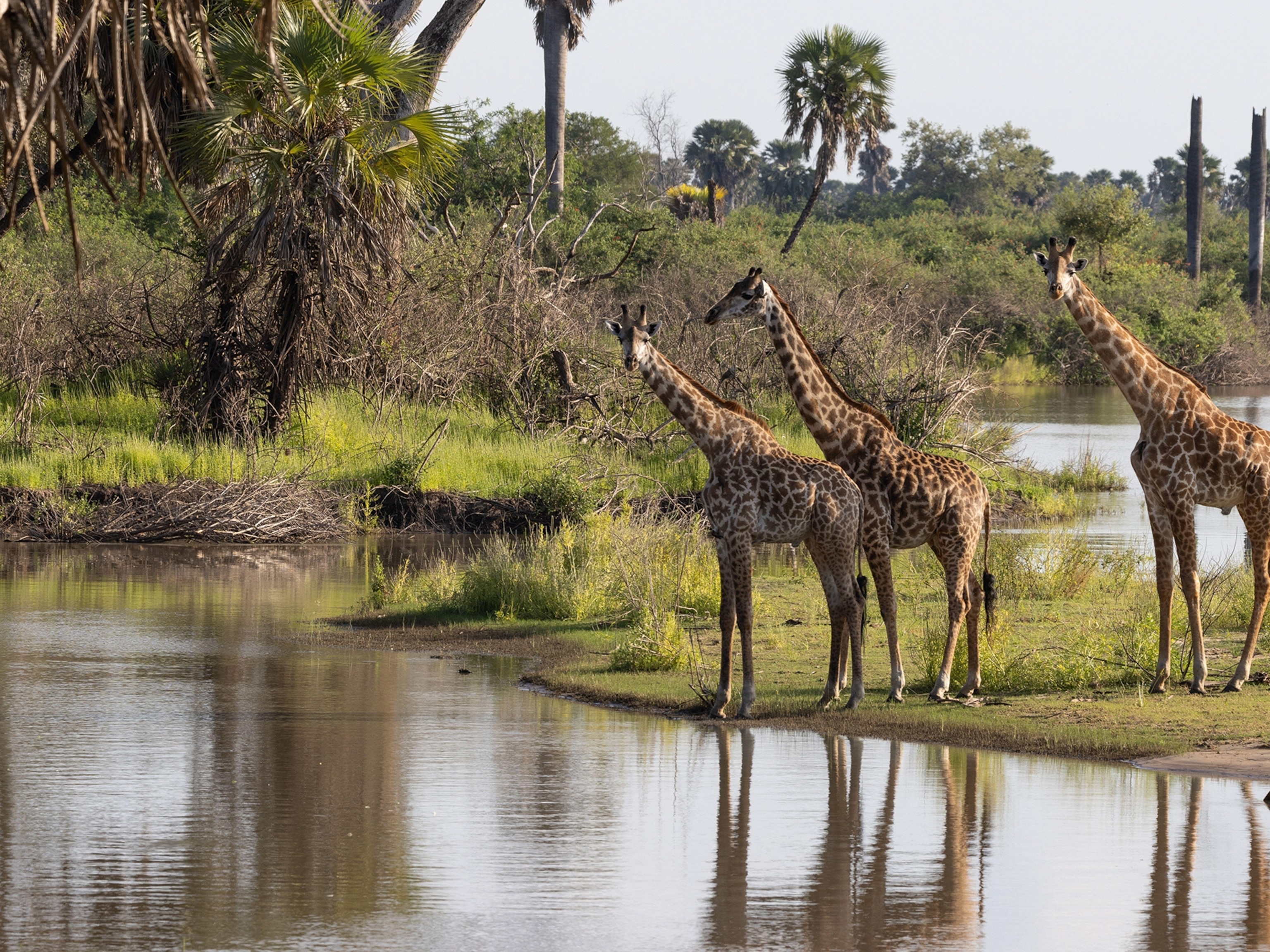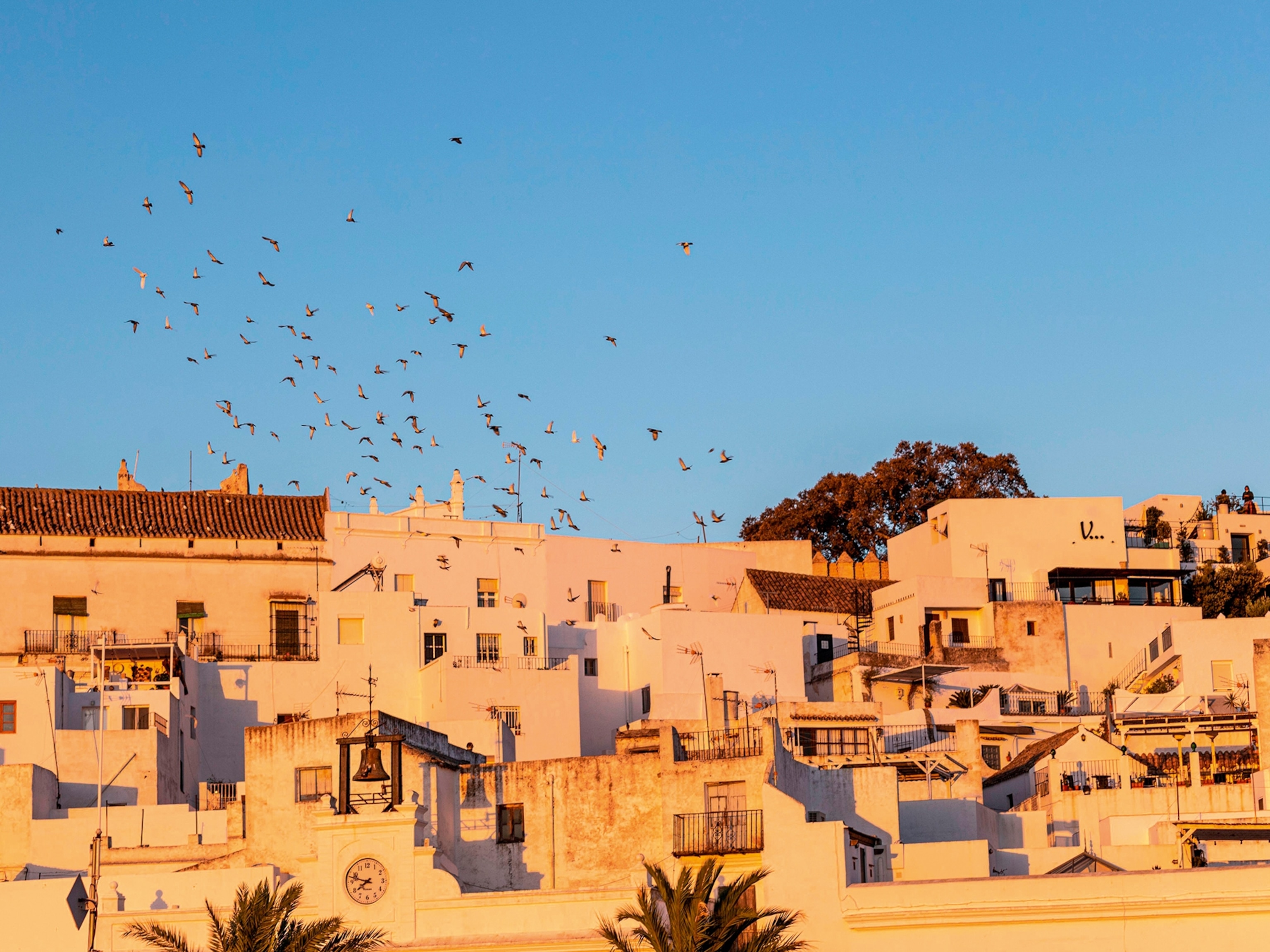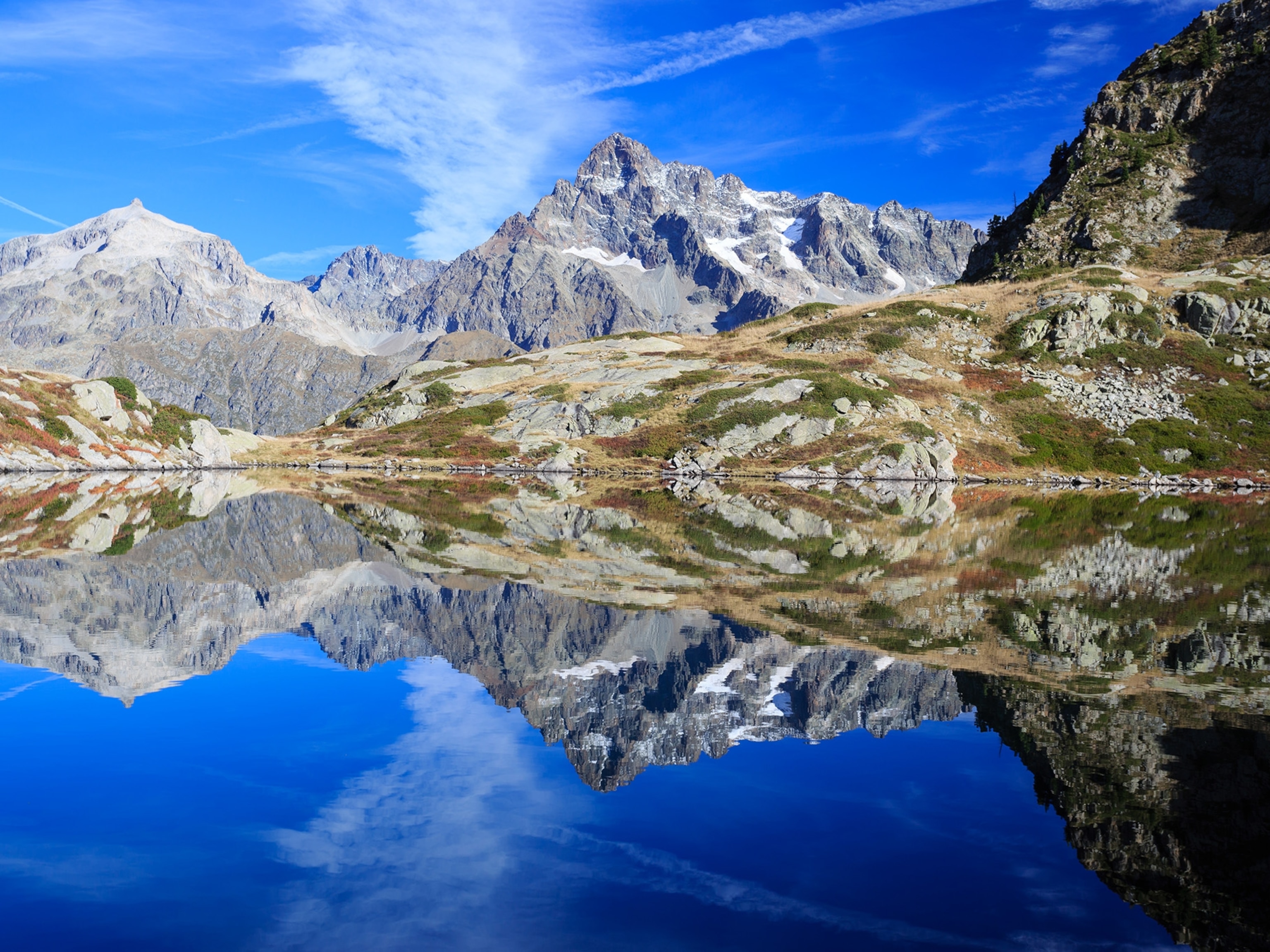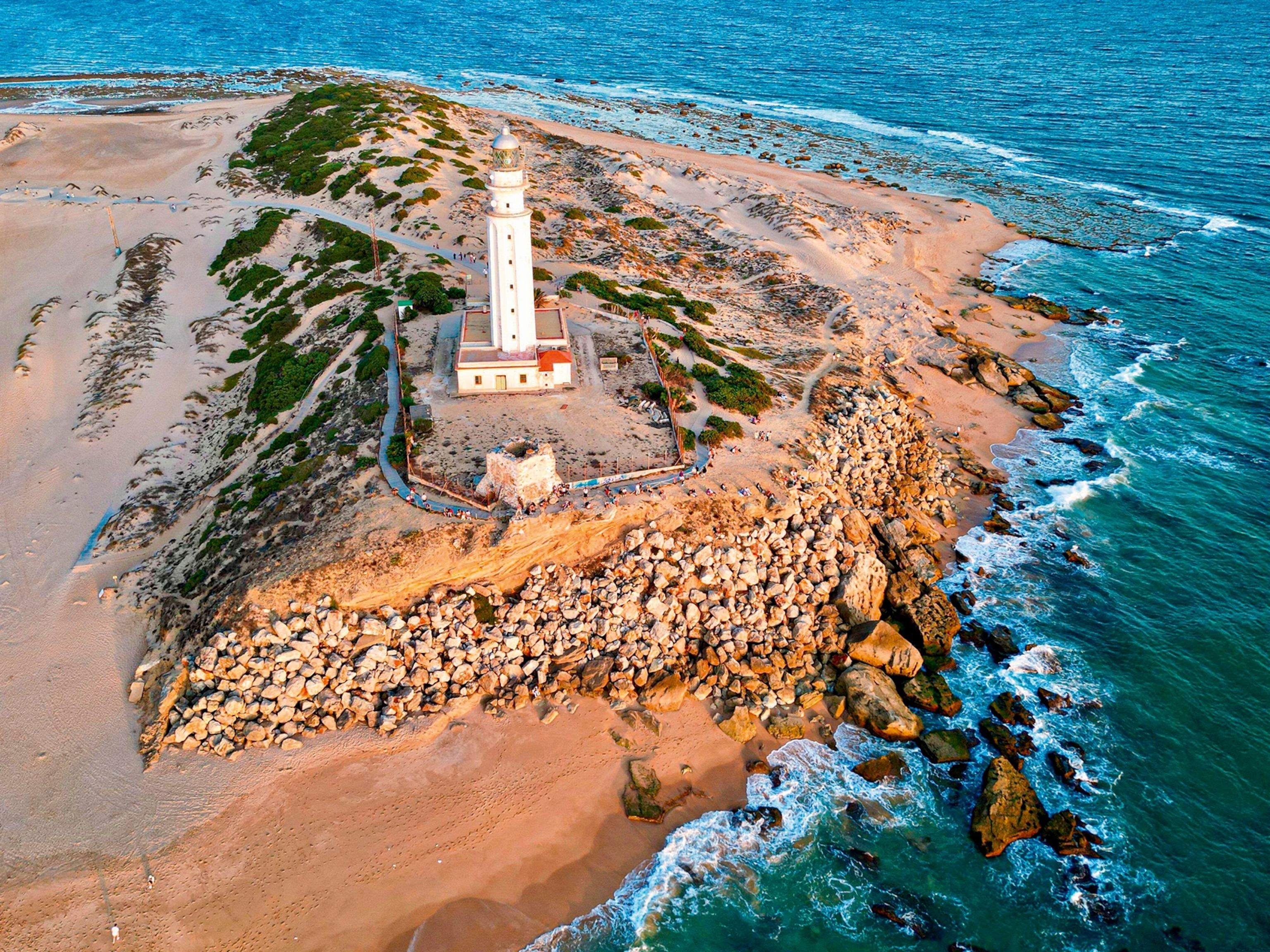
Five off-the-beaten-track national parks to visit in Costa Rica
Around 28% of the land in Costa Rica is protected — due in no small part to the fact the country is home to a whopping 30 national parks. From a former prison site to a turtle-nesting hotspot, here are five of the best to add to your itinerary.
Costa Rica may only be around a third of the size of England and Wales combined, but it has more than double the number of national parks. From small coastal reserves to sprawling mountain rainforests and former prison islands the country’s 30 national parks are home to a staggering variety of habitats. While each of these places has its own history and cultural heritage, they all have incredible amounts of wildlife, on the ground, in the trees and in the air.
1. San Lucas Island National Park
A notorious prison until 1991, San Lucas Island spent a decade abandoned before it was declared a wildlife refuge. In 2020, it became Costa Rica’s 30th and latest national park, largely due to its cultural and historical significance. While there are deer roaming the forest floor and howler monkeys in the canopy, the main draw for visitors is the chance to learn about the penitentiary and the thrilling stories of some of its most infamous inmates, as well as to peer inside their now bat-filled former cells. Entry $12 (£9).
2. Los Quetzales National Park
Set in Costa Rica’s misty highlands, Los Quetzales Nation Park gets its name from what arguably Latin America’s most beautiful bird. The outrageously gorgeous quetzal is such a beauty the currency in Guatemala, to the north west, is named after it. However, it’s thought to exist in greater numbers in Costa Rica than anywhere else — both within this national park and in among the surrounding settlements. These magnificent green birds feast on wild avocados and make nests in rotten trees, using their magnificent tails to camouflage the entrance. Entry $10 (£7.50).
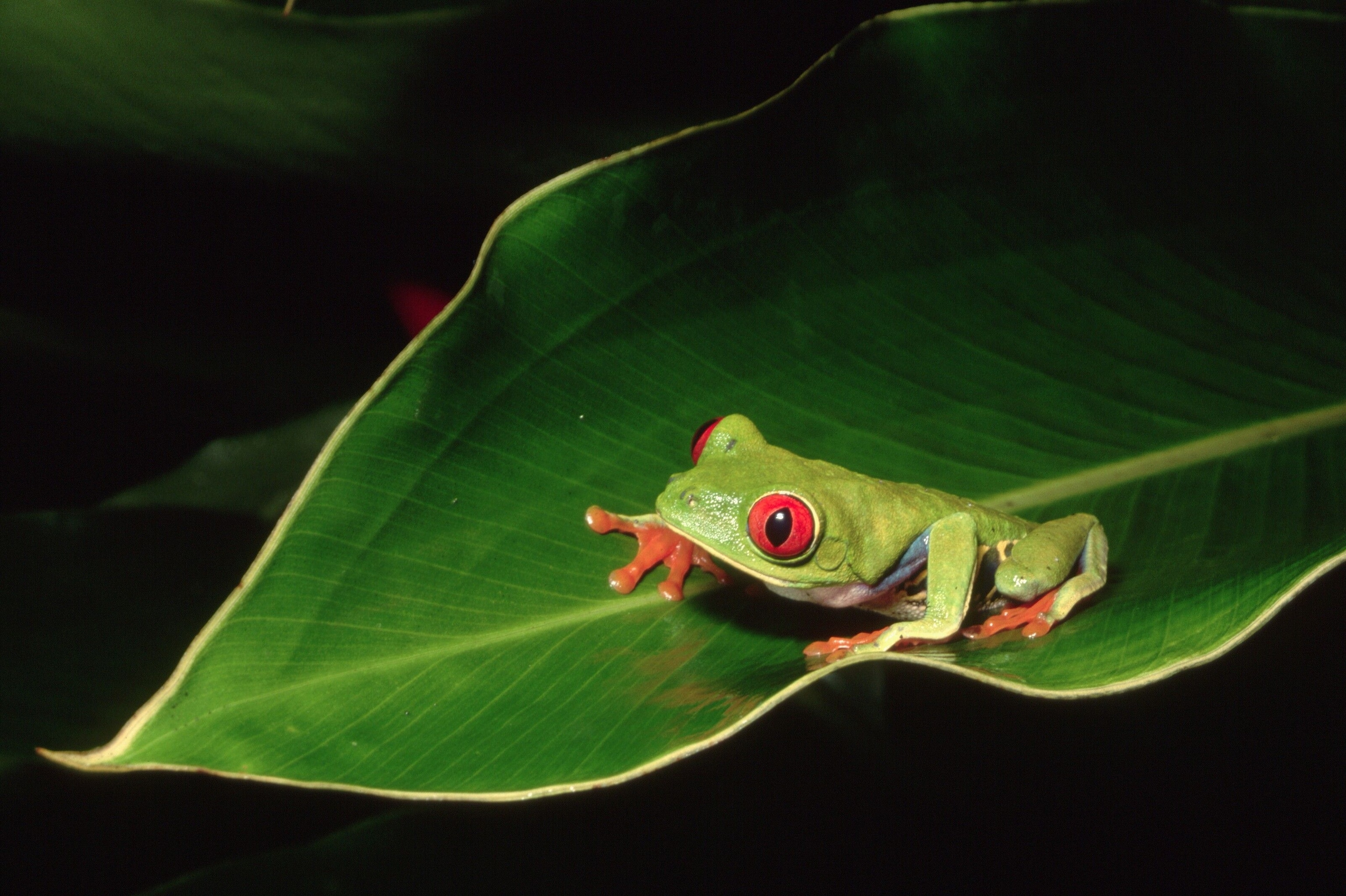
3. Tortuguero National Park
The Caribbean coast’s most spectacular national park lies close to the Nicaraguan border but feels a world away from almost everything. As the name suggests there’s no shortage of turtles (tortugeuros) nesting on the windswept beaches — and an equally plentiful number of predators looking to snatch their eggs. The waterways are so rich in fauna, the park is sometimes referred to as a ‘mini Amazon’. Follow the estuary inland, and you’ll find crocodiles and caiman, plus almost half of Costa Rica’s known bird species. Entry $15 (£11.35).
4. Cahuita National Park
One of the smallest national parks in the country, Cahuita is a dream for anyone who likes the ocean or and prefers shorter wilderness hikes. Despite being little more than a flat trail just off a golden sand beach, the amount of wildlife found in its trees is astonishing. Few places offer better chances of seeing sloths, while on the ground packs of racoons and coatis are careful to avoid poisonous snakes. Entry $5.65 (£4.30).
5. Manuel Antonio National Park
Located just outside the tourist town of Quepos, Manuel Antonio is the smallest of all Costa Rica’s national parks but is remarkably biodiverse. Within its borders visitors can find red-eyed tree frogs, two types of sloth, all four of Costa Rica’s monkey species and much more besides. Plus, some of the Pacific coast’s best hotels are walking distance away. Entry $16 (£12).
Follow us on social media
Facebook | Twitter | Instagram

